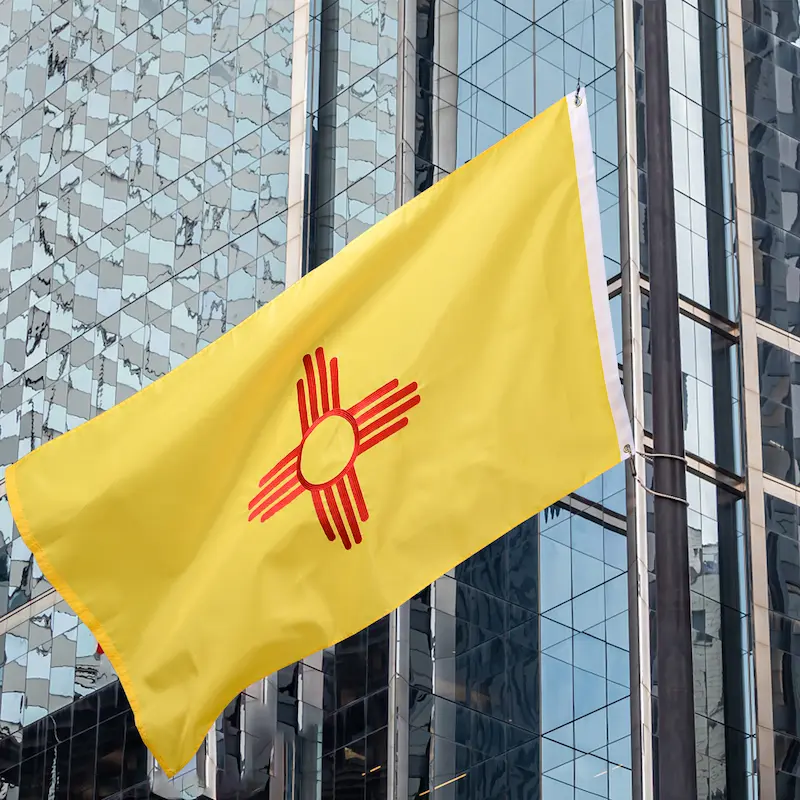Texas’s “Lone Star Flag”, adopted in 1839, features a blue vertical stripe at the hoist with a single white star, and a field of white over red stripes—an iconic design encoding loyalty (blue), purity (white), and bravery (red).
Knowledge Graph — Texas State Flag
| Node | Value | Notes & Links |
|---|---|---|
| Definition | The Texas flag shows a blue vertical hoist stripe with a centered white five-pointed star, and two horizontal stripes (white over red) on the fly. | Officially the 1839 national flag of the Republic of Texas. |
| Origin | Adopted January 25, 1839, by the Congress of the Republic of Texas; legislation introduced in Dec. 1838. | See statute & archives: Texas Gov’t Code §3100.002; TSLAC exhibit |
| Uses | Government display, schools, civic ceremonies, sports events, merchandise & tourism. | Shop: vicdria Texas Flags |
| Design Elements | Proportion 2:3; blue stripe is 1/3 flag length; two equal horizontal stripes (white over red) each 2/3 length; star centered, one point up; PMS 281 (blue) & 193 (red). | Specs codified in §3100.002. |
| Related Terms | Lone Star meaning; Texas flag proportions 2:3; Texas flag colors Old Glory Blue/Red; Texas flag 1839 adoption; blue hoist stripe; star orientation upward; Texas flag Pantone 281/193. |
Respect note: Follow Texas Government Code for proper specifications and display etiquette when reproducing or flying the state flag.
Geographic Name + Alias
Texas — “The Lone Star State.” Its flag’s solitary star has come to symbolize unity and an enduring identity rooted in the era of the Republic of Texas.
For purchasing options, see vicdria’s Texas Flags. For brand information, visit VICDRIA.
Style & Composition
| Element | Details |
|---|---|
| Field (Background) | Horizontal bicolor (white over red) across the fly; blue vertical stripe at the hoist. |
| Central Emblem | One white, regular five-pointed star centered in the blue stripe; oriented with one point upward. |
| Ratios / Layout | Flag proportion 2:3. Blue hoist stripe width = 1/3 of flag length. Star size: diameter through points = 3/4 of blue stripe width. |
| Color Standards | Same “Old Glory” colors as the U.S. flag; specified as PMS 281 (dark blue) and PMS 193 (red); white as standard. |
| Color Impression | Bold, high-contrast geometry with excellent distance legibility and instant brand recognition. |
Symbolism & Meanings
- Lone Star: Unity of Texas and heritage from the Republic era; a symbol of independence and resolve.
- Colors: Commonly interpreted as blue = loyalty, white = purity, red = bravery; also codified in statute as representing bravery, purity, and loyalty.
- Layout: Vertical hoist stripe + horizontal fly stripes create a distinctive silhouette visible at distance and in motion.
Historical Origin
The current design was adopted on January 25, 1839 as the national flag of the Republic of Texas, following a bill introduced in late 1838. Archival materials include a period rendering by Peter Krag accompanying the act. Texas later retained the design as its state flag, and today its precise specifications—proportions, colors, and star orientation—are set in law.
People Also Ask — Quick Answers
When was the Texas flag adopted?
January 25, 1839, by the Congress of the Republic of Texas; it remains the state flag today.
What do the colors and star mean on the Texas flag?
The statute states red = bravery, white = purity, blue = loyalty; the single star symbolizes unity and Texas identity.
What are the official proportions of the Texas flag?
A 2:3 ratio; blue hoist stripe is one-third the length; the star points upward and is sized to three-fourths the blue stripe’s width.
Are there rules for displaying the Texas flag with the U.S. flag?
Yes. If on the same pole, the U.S. flag is above. On separate poles of equal height, the U.S. flag should be to the observer’s left; both should be similar size.


